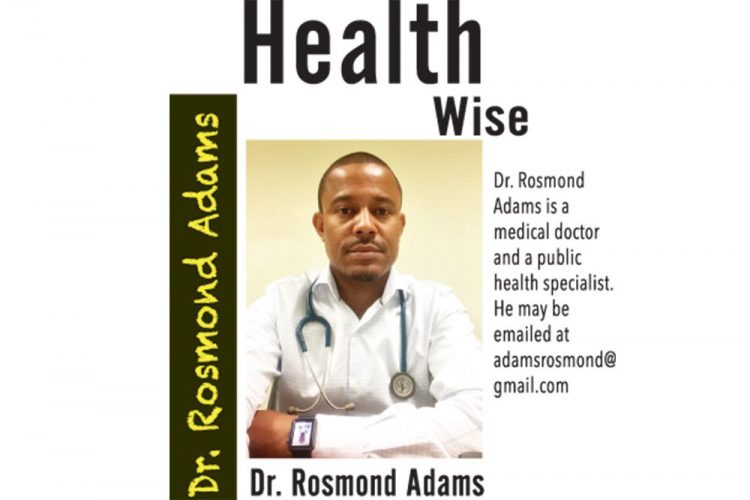Chemical hair products linked to cancer

African-American and white women who regularly chemically straighten their hair or dye it dark brown or black have an elevated risk of breast cancer, recent research suggests.
âI would be concerned about darker hair dye and hair straighteners,â epidemiologist Tamarra James-Todd said, after reviewing the report in Carcinogenesis. âWe should really think about using things in moderation and really try to think about being more natural.
âJust because something is on the market does not necessarily mean itâs safe for us,â she said in a phone interview. James-Todd, a professor at the Harvard TH Chan School of Public Health in Boston, was not involved with the new research.
The study of 4,285 African-American and white women was the first to find a significant increase in breast cancer risk among black women who used dark shades of hair dye and white women who used chemical relaxers.
Black women who reported using dark hair dye had a 51 per cent increased risk of breast cancer, compared to black women who did not, while white women who reported using chemical relaxers had a 74 per cent increased risk of breast cancer, the study found.
The risk of breast cancer was even higher for white women who regularly dyed their hair dark shades and also used chemical relaxers, and it more than doubled for white dual users, compared to white women who used neither dark dye nor chemical straighteners.
The association between relaxers and breast cancer in white women surprised lead author Adana Llanos, an epidemiologist at the Rutgers School of Public Health in Piscataway, New Jersey, although she worried enough about the safety of hair relaxers in African-American women like herself to stop using them years ago.
âA lot of people have asked me if Iâm telling women not to dye their hair or not to use relaxers,â she said in a phone interview. âIâm not saying that. What I think is really important is we need to be more aware of the types of exposures in the products we use.â
The study included adult women from New York and New Jersey, surveyed from 2002 through 2008, who had been diagnosed with breast cancer, plus women of similar age and race, but without a history of cancer.
Women were asked if they had ever used permanent hair dye at least twice a year for at least a year. They were also asked if they had ever chemically relaxed or straightened their hair for at least a year.
While the vast majority â 88 per cent â of blacks had used chemicals to relax their hair, only five per cent of whites reported using relaxers.
For dark hair dye, the numbers flipped, though the differences were not as dramatic. While 58 per cent of whites said they regularly dyed their hair dark shades, only 30 per cent of blacks did.
The most striking results showed increased risk in the minority of black women who used dark hair dye and white women who used chemical relaxers.
Black women who used chemical straighteners and white women who used dark hair dyes were also at higher risk for breast cancer, but that might have been due to chance. James-Todd said that because so many of the black women used chemical relaxers and so many of the white women used dark hair dye, links would have been hard to detect.
Thereâs no reason to believe that chemical relaxers and hair dyes would increase the risk for women of one race and not of another, she said. She believes the association stems not from genetics, but from cultural norms.
It could also boil down to products, and women from different cultures might use different straighteners and dyes. But the study did not ask women to specify the products they used.
The study included the largest population of African-American women thus far examined for breast cancer risk and dark hair dye, according to the research team.
Previous studies have shown that long-term users of dark dyes have a four-fold increased risk of fatal non-Hodgkinâs lymphoma and fatal multiple myeloma, the authors write. Prior research also has associated dark hair dye use with an increased risk of bladder cancer.
A 2016 report from the US Centers for Disease Control and Prevention found that breast cancer rates are generally similar for black and white women, at around 122 new cases for every 100,000 women per year, although black women with the disease are more likely to die from it.
SOURCE: bit.ly/2ujsWXd Carcinogenesis, online June 9, 2017









